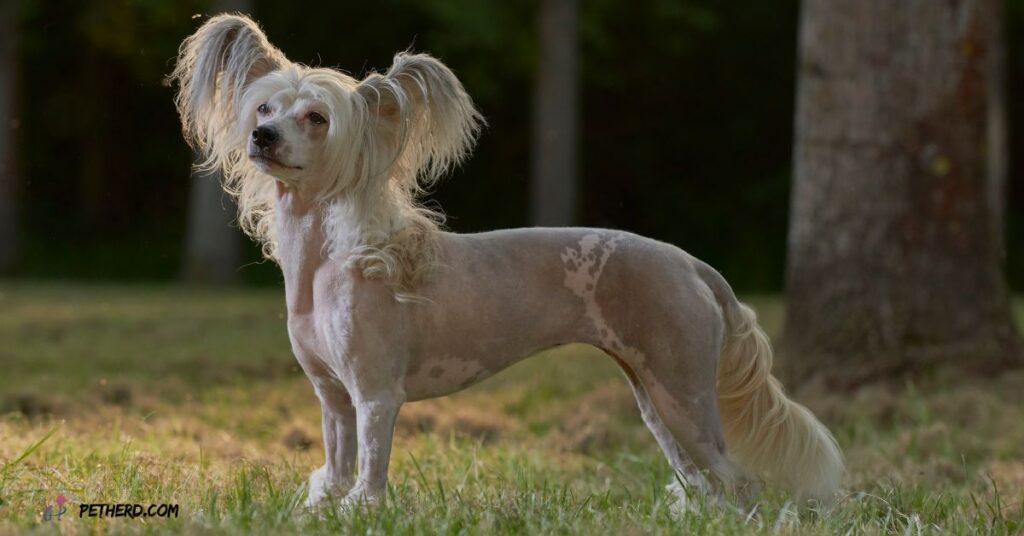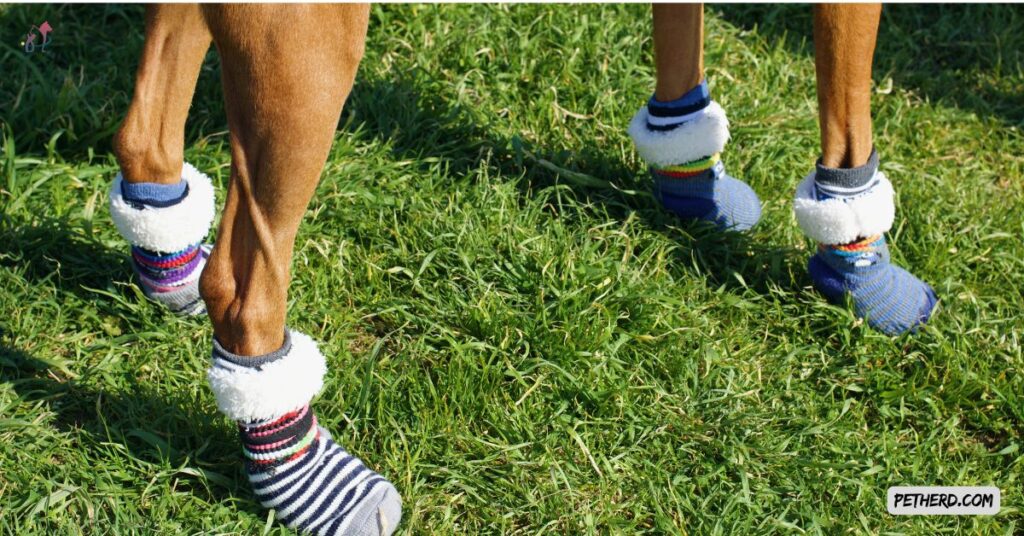Protection from cold weather is vital, especially for pets during such times. Just like humans, dogs are vulnerable to the negative effects of low temperatures. They can feel painful or, worse still, begin suffering healthwise if not well taken care of. Let’s find out how one can protect dogs during cold weather.
With some very simple rules, we would have been able to ensure that our canine companions stay warm and safe on cold days. Ranging from proper shelter and insulation to adjusting their outdoor activities and dressing them up in appropriate winter gear, we can do many things to safeguard our beloved dogs from the cold.
Read More: How to Groom a Dog With Matted Hair
May dog breeds be affected by cold weather?
Others are cold-sensitive. Others will have traits they dislike temperatures of temperatures they cannot stand. For example, in breeds of dogs, Greyhounds and Whippets, which have little body fat and grow a short coat; in some other breeds, like Chihuahua and Miniature Pinschers, the size is small with a high ratio of surface area to volume. Some breeds are skinny and almost hairless, like Chinese Crested or Xoloitzcuintli. It requires extra heating to survive. One has to learn exactly how much each breed is demanding and then decide upon the proper means of keeping the breed warm and safe in the harsher months.

What is the risk of cold weather for dogs?
There are many risks for dogs, as cold weather can pose various risks, including hypothermia, frostbite, dry skin, and respiratory issues. Understanding these risks will help you take appropriate measures to protect your furry companion.
Read More: Immunotherapy for dog allergies
What things must we consider?
Remember, each dog is unique, and their tolerance to cold weather may vary. Please pay attention to their behavior and adjust your protective measures accordingly. Your furry companion will appreciate the extra care and attention during the chilly winter months.
- Arthritic or older dogs might slip and fall more easily.
- Dogs with longer hair are more resistant to cold temperatures but vulnerable over time. Short-haired pets, on the other hand, have less protection and may be more prone to hyperthermia.
- Because the sides of their bodies are more likely to come into contact with the snow-covered ground, short-legged dogs experience the cold earlier.
- Dogs with underlying medical issues, such as diabetes, heart and renal illness, or hormone abnormalities, may struggle to regulate their body temperature. This can cause problems at severe temperatures.
Read More: How to Groom a Dog with Matted Hair?
Vital Tips to protect dogs from cold weather
Frostbite Skin Protection for Your Pet
When the weather is icy, your cat or dog will require care. Paws, in particular, should be kept warm because they are the only area of your pet’s body that lacks insulating fur. It’s too chilly for your pet to be outside if they’re picking their paws off the snow or ice. Even cats and dogs accustomed to spending time outside should have a comfortable area to rest, as harsh temperatures necessitate Kitty coming in when it’s chilly (especially overnight). It’s time to come inside and feel toasty by the heat register or in a heated bed.
Read More: How Do Vets Clean Dogs’ Teeth?

Provide Adequate Shelter
Ensure your dog has a warm, dry shelter to retreat to outdoors. The shelter should be insulated and elevated to prevent cold drafts. Consider adding blankets or bedding material for extra warmth. Also, keep your pets with you and your family indoors. Dogs are happiest when regularly brought out for exercise and walks but are kept confined the rest of the time. When the temperature drops, do not leave pets outside.
If your dog spends a significant amount of time outside during the day, it must be sheltered by a dry, draft-free shelter that is spacious enough to allow them to roam comfortably but small enough to keep body heat in. To elevate the floor slightly, raise it by a few inches and opt for cedar shavings or straw covering. Consider using waterproof hessian or thick plastic for the entryway to ensure adequate protection.
Dog Healthcare in Cold Winter
Older dogs and puppies may require special attention during the long winter months. Supplements can help keep coats and joints healthy. Pets, like people, can suffer from dry skin in the winter, so keep an eye out for chapped noses and paws. Pets will want to be by your side – indoors rather than outside – on days when severe weather warnings are issued. Cuddle with warm blankets and cozy bedding, but save the hot chocolate for human consumption. If you can’t spend the day inside with your dog, consider Dog Day Care for a change of environment. Make the most of the chilly winter months by keeping everyone comfortable and safe, whether you and your dog are snow bunnies or homebodies.
Adjust Diet and Hydration to Protect Dogs From Cold Weather
In colder weather, dogs may require extra calories to maintain their body temperature. Consult with your veterinarian to determine if adjustments to their diet are necessary. Ensure they have access to fresh, unfrozen water at all times. Even if the weather isn’t scorching, pets (and people) can become dehydrated in the winter. Always bring a bottle of water with you on walks, and ensure your pet gets enough water inside and outside (and their water bowl isn’t freezing over!).
Protect Your Dog While Looking Fashionable
When temperatures fall, cats and dogs can suffer from hypothermia, so learn the symptoms and how to treat them swiftly during cold spells. Warm blankets and warm (not hot!) liquids like chicken broth might help your pet recover from a slight temperature decrease. However, extreme temperature reductions can lead pets to collapse and possibly die.
Young, old, underweight, or short-haired dogs at a higher risk of hypothermia may need to wear a jumper to protect themselves from harsh temperatures. Sweaters, in particular, are a vital part of a tiny dog’s clothing during the colder months. Why? Small dogs have a larger ratio of body surface area to body weight.
When we see dogs wearing booties, we think it’s completely ridiculous. Booties are more than just a fashion statement. They can help dogs with traction on snow or ice, insulate their feet from extreme cold, and protect paw pads from being sliced on ice.

Get rid of everyday toxins
Propylene glycol-based coolants and antifreeze are less harmful to wildlife, pets, and families. Dogs are especially vulnerable to salt poisoning during the winter because of the rock salt used in numerous areas, often while licking it off their paws after a stroll. Keep de-icing salt securely and rub your dog’s paws after short walks. If your dog consumes rock salt, contact a veterinarian right away.
Read More: Dog Teeth Cleaning Without Anesthesia
Keep an eye on animals near bodies of water
Ice creates another hazardous situation for curious cats and dogs who want to learn more about their surroundings. To avoid mishaps like these, keep your pet leashed when walking around ponds, lakes, and rivers. Do you have a frozen swimming pool? Keep it firmly covered, and watch pets in the backyard. They are easily able to tumble through thin ice.
Supervise Outdoor Time
Minimize the time your dog spends outside during extreme cold weather. Take them out for shorter walks or play sessions, and give them frequent breaks indoors to warm up. When your dog is outside, keep a close eye on them. Be vigilant for signs of discomfort such as shivering, whining, or lifting their paws excessively. If you notice any of these signs, it’s time to bring them indoors.
Winter Dog Walking
You may be dreading taking your dog out as the temperature decreases. If you’re lucky, your dog may share your sentiments. A quick in and out would be enough for both of you. Play indoor catch or go over training routines to get some workout. Working your dog’s head is nearly as exhausting as working on their body. But if your dog needs a daily constitutional or if she enjoys the snow, it’s time to bundle up and go outside.
Don’t Leave Them Alone in a Cold Car
For example, leaving a dog alone in a cold car can be dangerous in hot weather. Cars can quickly become frigid, leading to hypothermia or frostbite. Always bring your dog with you or leave them at home in a warm environment.
Consider Weather-Related Grooming
Because our pets rely on their furry coats to keep them warm when the temperatures drop, consider a longer hairdo for your pet during the year’s colder months. Avoid the summer haircut and shaving your pets (unless there is a solid medical reason). Shaving a double-coated dog, such as a golden retriever, Newfoundland, or Siberian husky, can make staying warm and regulating temperature difficult.
Conclusion-How to protect dogs from cold weather
Ensuring the well-being of our furry companions during chilly weather is a top priority. We can keep them safe and comfortable by providing proper shelter, insulation, and winter gear, understanding our dogs’ specific needs, and taking precautions against cold weather risks. We would love your thoughts and experiences protecting dogs in cold weather. Have you faced any unique challenges or discovered effective strategies? Please share your insights in the comments below, and let’s create a supportive community of pet lovers looking out for our four-legged friends!
FAQs About How to Protect Dogs From Cold Weather?
How Do I Know if My Dog is Getting Too Cold?
Watch for symptoms: shivering, whining, lifting or licking their paws, or getting off warm surfaces. Small-coated dogs and smaller breeds typically demonstrate early signs of discomfort.
Am I supposed to dress up my dog in winter clothing?
Yes, this is more so for smaller breeds, older dogs, or those with thin fur. A dog sweater or coat can keep their body heat inside.
Can I Let My Dog Out in the Cold?
Do not let your pet out in inclement weather for long periods. If unavoidable, ensure he has a well-insulated, warm shelter, and check on him occasionally.
How to take care of the paws of my dog during snowfall?
Use dog booties or paw wax to protect their pads from snow, ice, and salt. Clean and dry their paws after every walk to remove chemicals.
What would I do to keep my dog active during winter indoors?
They can also be engaged in indoor games like fetch, tug-of-war, or training sessions. Puzzle toys and treat-dispensing games can also keep them mentally stimulated. I’ll be glad if you want more detailed instructions.


